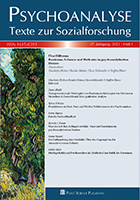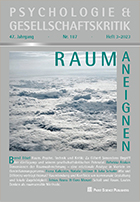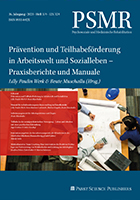From a cognitive point of view driving is a complex task. For safe driving it is necessary that the driver has a correct mental representation of the current driving situation and it´s development in the near future. Prof. Dr. Josef F. Krems and Dr. Martin R.K. Baumann suggest a cognitive model "of situation awareness in order to be able to apply it to the driving task."
The authors "assume that the construction of situation awareness is basically a comprehension process that yields a mental representation of the meaning of different elements of a traffic situation and the situation as a whole, that is, the situation representation.
This situation representation is the basis for planning future behaviour that in turn alters the situation representation again. According to this perspective, driver knowledge plays a key role in determining the significance of events and elements in a traffic situation.
Viewing situation awareness as a comprehension process also highlights the role of working memory in the process of constructing and maintaining a mental representation. The processes necessary to interpret new pieces of information, to determine their consequences for the current situation model, and to remove irrelevant information from the situation model must take place in working memory. If working memory resources are occupied by other tasks, these processes will be impaired leading to a degraded situation awareness.
This is important to consider for the design of tasks to be performed by the driver while driving, such as interacting with an in-vehicle-information-system (IVIS). Based on a detailed theory of the construction, maintenance, and updating of situation awareness one should be able to develop methods that allow the assessment of the visual and working memory demands of IVIS tasks. Such methods are highly needed for the development of systems suitable for use in driving."























